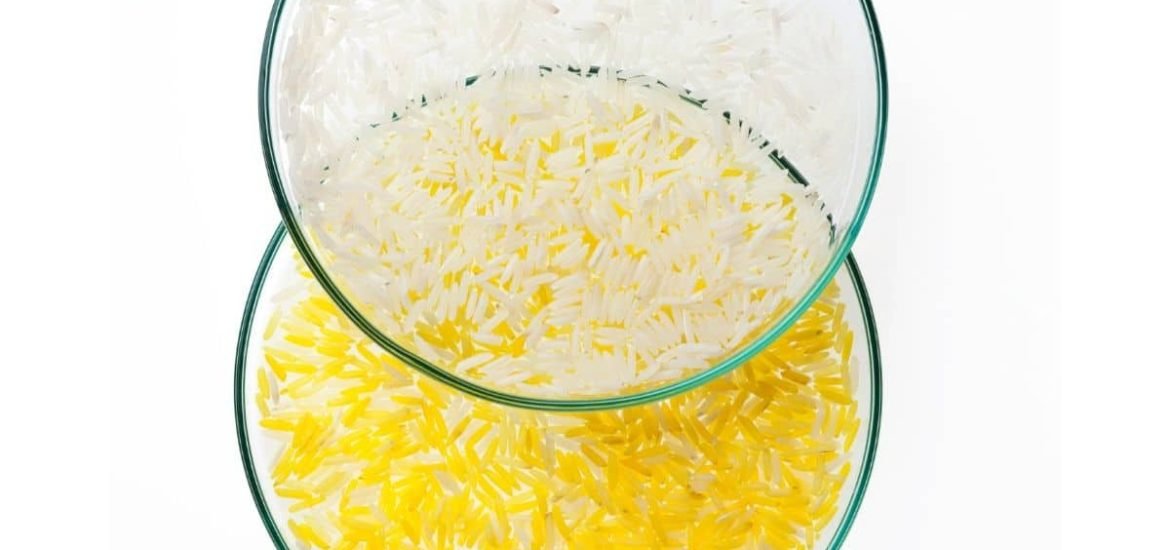
Bangladesh is set to become the first country to approve golden rice. But will the potentially life-saving transgenic crop face yet more regulatory hurdles?
Golden rice was developed almost two decades ago by biologists Prof Ingo Potrykus of the Institute of Plant Sciences in Switzerland and Prof Peter Beyer at Freiburg University in Germany as a way to prevent vitamin A deficiency in the developing world. Lack of vitamin A is a leading cause of childhood blindness and can also make children more susceptible to death from other illness like measles.
Vitamin A is made from beta-carotene, which is found in carrots, spinach, sweet potatoes, and other vegetables. And although vitamin A deficiency is uncommon in the developed world, many children in low-income countries subsist on just a few bowls of rice a day, which does not provide essential nutrients and vitamins. The problem is particularly pressing in Bangladesh where vitamin A deficiency affects more than 20 per cent of children, as well as China, India, and other Asian countries.
To create golden rice, Potrykus and Beyer, in collaboration with the agrochemical behemoth Syngenta, modified rice plants with beta-carotene genes from maize. By doing this, rice plants started to produce the rich orange-coloured pigment. Then, the transgenic plants were donated to publicly funded research centres to develop their own versions of golden rice using local rice varieties.
Since the inception of golden rice in the late 1990s, debates have raged over the transgenic crop, considered a genetically modified organism (GM), and it has struggled to gain approval. Ed Regis, science journalist and author of the book Golden Rice: The Imperiled Birth of a GMO Superfood published last month, blames the delay on eco groups like Greenpeace and their general opposition to GMO crops. Whereas advocates tend to focus on its life-saving merits, opponents criticise the approach as risky and unnecessary.
Moreover, stringent international regulations such as the Cartagena Protocol have stymied approval of many GM crops. Precautionary regulations like Article 15 of the protocol stifle biotechnology based on potential risks to human health or the environment, i.e., guilty until proven innocent, explains Regus in his book — even if that crop has the potential to save millions of lives. Regus argues that “the effects of withholding, delaying or retarding Golden Rice development through overcautious regulation has imposed unconscionable costs in terms of years of sight and lives lost”.
In Bangladesh, the golden rice in question was developed at the International Rice Research Institute (IRRI) in Los Baños, Philippines. This particular version is based on the dhan 29 rice variety widely grown in Bangladesh. Moreover, researchers at the Bangladesh Rice Research Institute (BRRI) in Gazipur found no new farming challenges and no significant differences in quality — apart from for the presence of vitamin A.
Now, after two years undergoing the regulatory approval process, dhan 29 golden rice seems to be on track to receive the final stamp of approval from the Bangladeshi Ministry of Environment, Forest, and Climate Change. So, what’s the holdup?
Approval was expected on 15 November but has been delayed seemingly due to the death of a committee member. Others suggest some committee members remain unconvinced. Nevertheless, hopes remain high, especially since the committee previously approved another transgenic crop. If everything goes to plan, farmers might be planting golden rice seed by 2021. After that, the question will be how well the new crop is adopted.